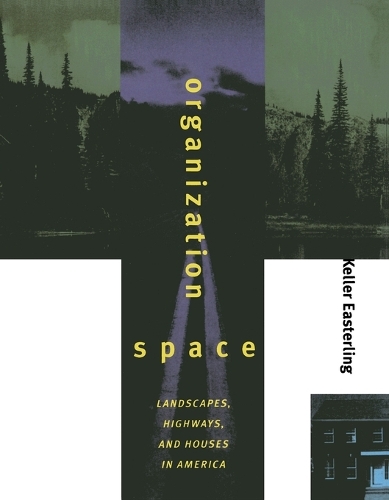
Organization Space: Landscapes, Highways, and Houses in America
(Paperback)
Publishing Details
Organization Space: Landscapes, Highways, and Houses in America
By (Author) Keller Easterling
MIT Press Ltd
MIT Press
24th August 2001
United States
Classifications
Tertiary Education
Non Fiction
Architectural structure and design
720.1
Physical Properties
Paperback
216
Width 178mm, Height 229mm, Spine 13mm
363g
Description
The dominant architectures in out culture of development consist of generic protocols for building offices, airports, houses and highways. For Keller Easterling these organizational formats are not merely the context of design efforts - they are the design. Bridging the gap between architecture and infrastructure, Easterling views architecture as part of an ecology of interrelationships and linkages, and she treats the expression of organizational character as part of the architectural endeavour. Easterling also makes the case that these organizational formats are improvizational and responsive to circumstantial change, to mistakes, anomalies and seemingly illogical market forces. By treating these irregularities opportunistically, she offers architects working within the customary development protocols new sites for making and altering space. By showing the reciprocal relations between systems of thinking and modes of designing, Easterling establishes unexpected congruencies between natural and built environments, virtual and physical systems, highway and communication networks, and corporate and spatial organizations. She frames her unconventional notion of site not in terms of singular entities, but in terms of relationships between multiple sites that are both individually and collectively adjustable.
Reviews
"In her book Easterling does not so much supply new design instruments as successfully reveal those forces and principles which have more impact on the spatial organization of our physical environment than the work of architects and urban planners. Her analysis of subdivision cries out to be applied to today's output of business parks and shopping malls." - Tom Leenders, Archis
Author Bio
Keller Easterling is Associate Professor, Yale University School of Architecture. She is the author of Organization Space (MIT Press, 1999).
